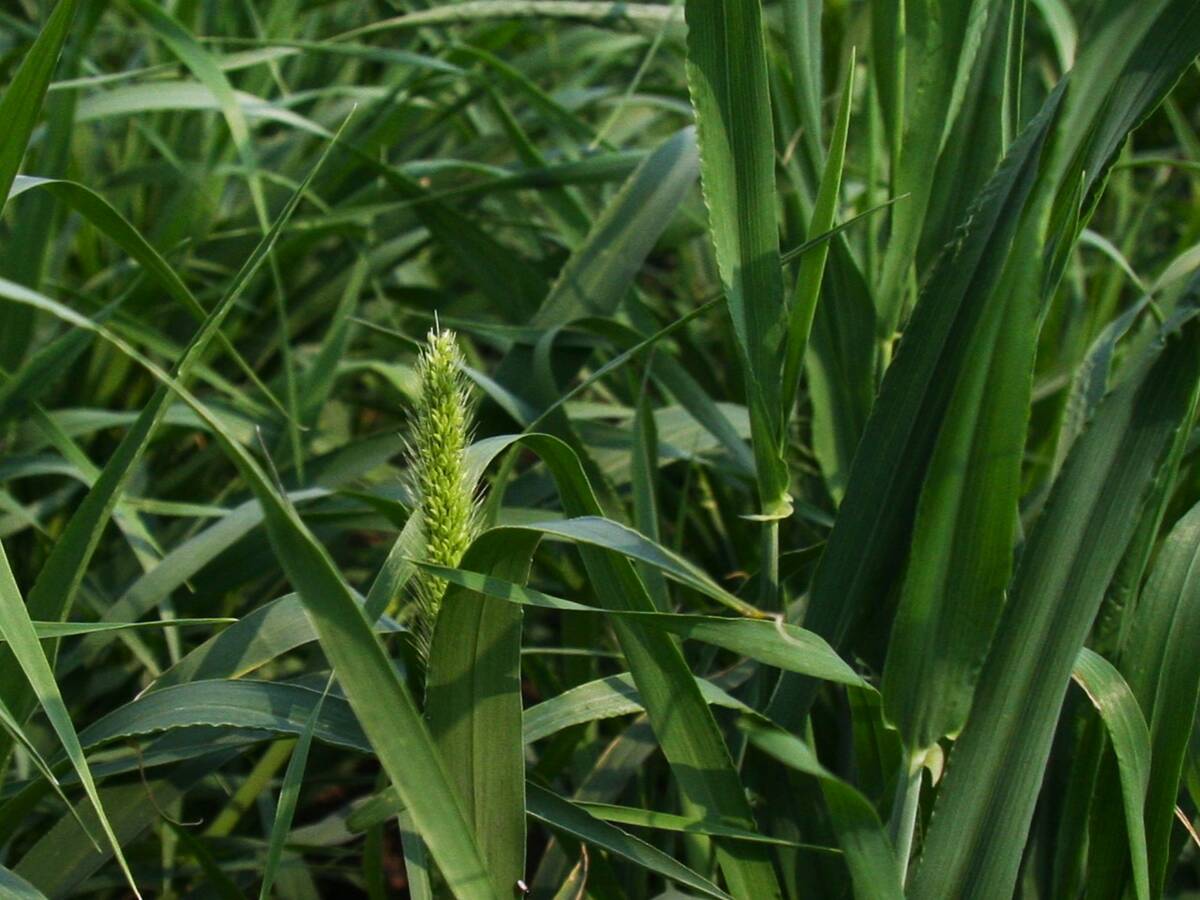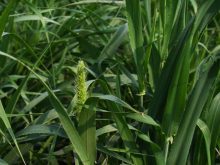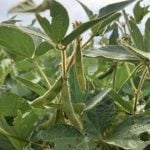Manitoba’s canola growers have been served notice that a particularly noxious soil-borne disease may have arrived in their province.
The provincial agriculture department, in a release Thursday, reported that soil samples taken from two unrelated fields in 2011 are now confirmed to contain traces of DNA from the clubroot pathogen at "extremely low levels."
These results mark the first time clubroot DNA has been identified in soil samples from Manitoba, the ag department said. The two samples are still considered negative for clubroot itself, but are termed as "non-symptomatic fields of concern."
Read Also

Canadian Barley Research Coalition pledges $1.8 million to USask Crop Development Centre
A group of Prairie crop associations have pledged $1.8 million to continue barley variety development at the University of Saskatchewan’s Crop Development Centre.
No symptoms of clubroot were found on canola plants in the two fields during the 2011 season, nor on plants grown later in the same soil under regulated greenhouse conditions.
The soil samples were collected and tested through the industry-funded Manitoba Canola Disease Survey, which in the past three years has collected and sampled 209 soil samples from across the province.
The 2012 survey will continue, the province said, and will include between 150 and 175 fields surveyed, with 70 to 90 fields to have soil samples collected to analyze for clubroot DNA.
The two fields confirmed to contain clubroot DNA from the 2011 survey will be monitored in 2012 and will have more soil samples collected for further testing, the province said.
Preventing spread
Within Canada, clubroot is established mainly in vegetable-producing regions of British Columbia, Quebec, Ontario and Atlantic Canada, and turned up in canola in Quebec in 1997.
Even after several decades of large-scale canola production in Western Canada, clubroot didn’t hit Prairie canola until it showed up in spots near Edmonton in 2003 and began moving east.
Clubroot DNA was spotted in soil samples from a west-central Saskatchewan field in 2009, and the pathogen itself was confirmed in two separate fields in north-central Saskatchewan last fall.
Warm soils, high soil moisture and low soil pH favour the spores’ germination, infection and development. Once the clubroot microbe infects a host plant, it alters hormone balance and speeds up cell division and growth in the roots, creating deformed galls.
The galls prevent a canola plant’s roots from taking in nutrients and water, cutting yields on average about 25 per cent. The pathogen can stay in the soil for up to 20 years.
"Proper equipment sanitization, especially removal of soil from field equipment, is the most important factor for preventing the spread of soil-borne disease," Manitoba Agriculture, Food and Rural Initiatives said in Thursday’s release.
The use of disease-resistant varieties when growing canola, proper crop rotation and weed management of alternate hosts will help cut the risk of a soil-borne disease infesting a field, MAFRI said.
Such practices would also help prevent heavier infestations from developing within a field where a disease may already be present at undetected levels, the province said.
Related stories:
Sask. clubroot cases were spotted in Cargill trials, Nov. 3, 2011
Growers should scout clubroot-resistant canolas also, Aug. 4, 2010















